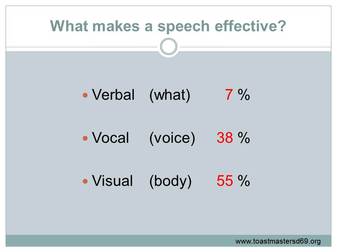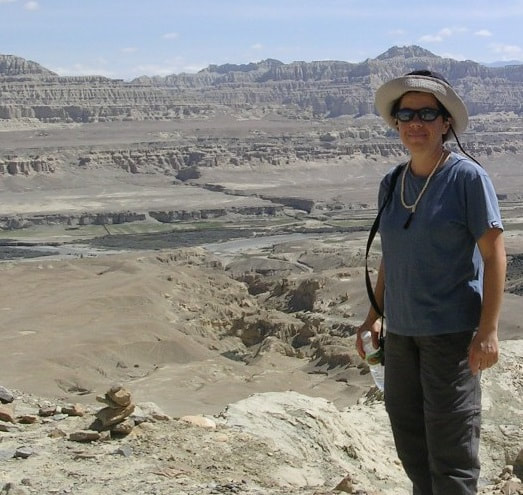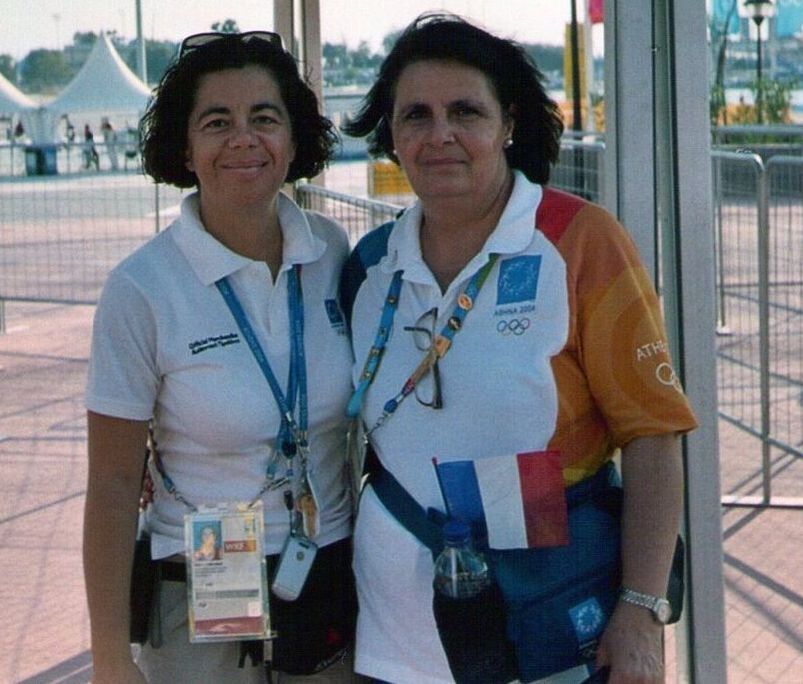|
“Did you get what the five main points were for that last session?” “No, her body gestures were really annoying and distracting.” “Well, if she didn’t waste five minutes going on about the slide show, it would’ve been a great presentation otherwise,” I said. “It wasn’t such a great slide show anyway. She could easily have done the presentation without it.” “I couldn’t read the text on the screen, either,” I complained. We spent the trip home evaluating that speaker’s presentation techniques, rather than the content, which just goes to show: it’s not only what you say, but how you say it and what you do with your body gestures. Oh, and don’t rely on technology – it’s guaranteed to let you down; like the time I was about to do a PowerPoint presentation to a group of Year 11 students about how to do a PowerPoint presentation. The teacher walked out of the room and the laptop automatically logged itself out of the system. She didn't leave me the password so I couldn't log back in and the teacher was nowhere to be found. It was a great example for rule # 1: Make sure you can still make the same presentation even if the equipment breaks down; like that other time I was doing a Toastmasters workshop and the light bulb blew when we switched on the overhead projector. Rule # 2: Always have a backup plan. Handouts are especially handy. So are spare light bulbs, batteries, a whiteboard, and - my favourite - vintage PowerPoint (aka butcher’s paper). 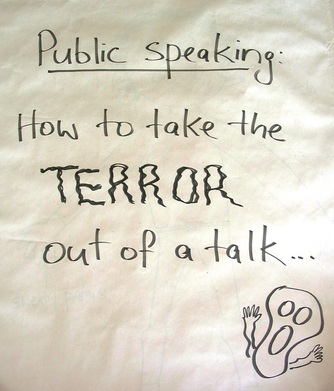 Image: Hari Kotrotsios You can avoid rules 1 and 2 by going directly to rule # 3: Arrive early and test the equipment before your presentation. It’ll save embarrassment and time wasted trying to fix the problem during your allocated speaking time. And whatever you do, never, ever apologise – rule # 4 - unless you’ve made a factual error or forgotten someone’s name. However, if you really want to wreck your credibility, you can try any of the following examples: “Sorry, I can’t do my presentation without my PowerPoint slides.” Or, “Sorry, I’ve lost my spot.” Or, “Sorry, I have to cut the presentation short because we’ve run out of time.” If that was a paid gig, I’d be asking for a refund! 15 simple tips for effective audio-visual presentations
Just do it!
“Good morning, I’d like to welcome you to today’s seminar.” I’m really tempted to stand up and reply, “Well, I’m sorry, but you can’t.” It’s a particular pet hate in Toastmasters circles and is often heard muttered under people’s breath at meetings and conferences. “I’d like to thank you for coming today.” Aaargh! “May I call on our guest speaker….” Gasp! Why are you asking for permission? I’m not quite sure how these expressions crept past the language police, but I hear them all the time. So if I may, I’d like to offer the following alternatives to the previous examples: “Good morning and welcome to today’s seminar.” “Thank you for coming today.” “Please welcome our guest speaker….” Sorry, but I had to get that off my chest. Thank you is another contentious expression within one Toastmasters school of thought; it recommends that a speaker is not required to thank the audience when they’ve finished their presentation. It is we who thank the speaker for their entertaining and informative speech, workshop or keynote address. And sometimes a thank you may detract from an otherwise powerful closing statement. I’ll leave that one open for discussion from my Toastmasters friends: What are your thoughts on this topic? Would you like feedback with that? “Stop it.” “What?” I ask. “I can hear you thinking and dissecting that presentation,” says my friend sitting next to me. I can’t help it – as a Toastmaster my mind goes into automatic evaluation mode whenever I listen to a seminar, workshop, awards night, guest speaker or MC. Please note, I said evaluation, not critique or criticism mode. I’ve learnt to look out for what I like about a presentation and what works well for that speaker, such as their audience engagement, immaculate use of grammar, enunciation, humour, or structured speech. I then consider suggestions for improvement, such as body gestures (don’t flick your hair or talk with your hands in your pockets), don’t turn away from the microphone (otherwise I can’t hear you), or avoid turning your back to the audience and reading off the PowerPoint presentation. I may or may not send a discreet email to the speaker, but only if we’re on friendly terms. And why is it that we apologise for asking a question or giving feedback during a round table discussion or Q&A session? “Sorry, I didn’t understand your last point.” Or, “Sorry, I’d like to answer his question, if I may?” Or, “Sorry, I just want to clarify…” I’d like to end on that note. Thank you. What do you consider effective presentation techniques? What contributes to a poor presentation? Related post: Slay your speaking fears
6 Comments
Alison M
15/11/2012 09:17:25 am
Effective techniques:
Reply
Hari Kotrotsios
15/11/2012 10:10:29 am
Excellent tip, thanks Alison. Nothing worse than leaving people wondering what you were supposed to tell 'em!
Reply
16/11/2012 09:47:53 am
Thank you, Hari. I am guilty of all of the sins you have mentioned. I have even addressed an audience from the rear of the room, and was heartened to be told that my presentation was all the better for it. My theory was that if they couldn't see me, they wouldn't be distracted by my aimless wanderings and vague gestures.
Reply
Hari Kotrotsios
16/11/2012 10:17:22 am
Peter, stand boldly at the front of the room! This is a case of being seen and heard.
Reply
1/9/2013 01:41:22 am
I'm just browsing around your site for the first time, interesting read
Reply
Hari Kotrotsios
1/9/2013 06:45:09 am
Thanks for stopping by Andrew.
Reply
Your comment will be posted after it is approved.
Leave a Reply. |
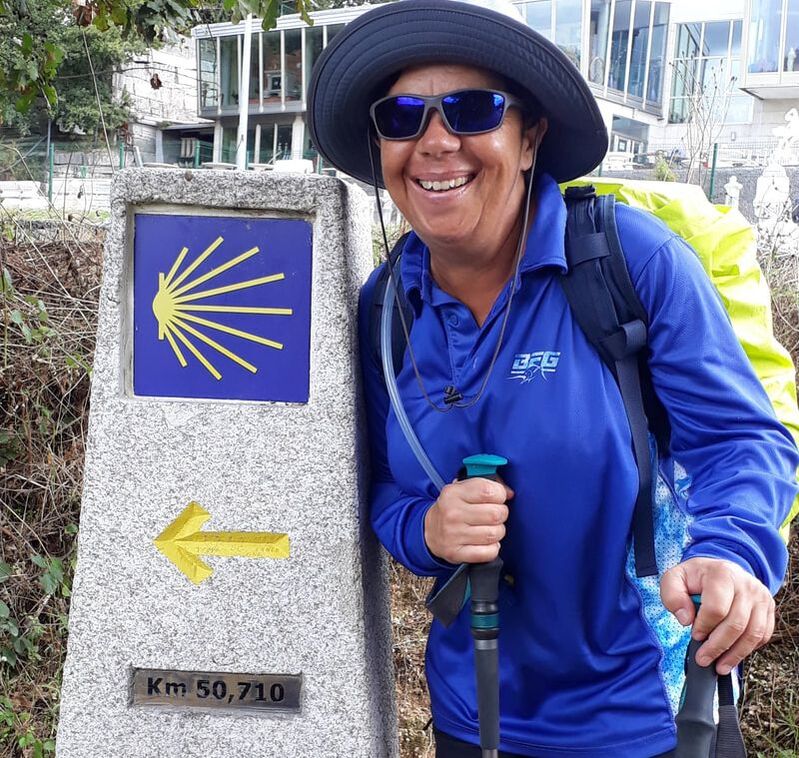 Portuguese Camino 2019 Portuguese Camino 2019
Travel blogs
New Zealand 2008 Tibet 2007 New Zealand 2006 Melbourne 2006 United Kingdom 2004 Athens Olympics 2004 Peru 2003 Beijing to Athens 1994 Nepal 1991 Categories
All
Archives
December 2019
|
|
I acknowledge the traditional Custodians of the land on which I work and live, the Gubbi Gubbi / Kabi Kabi and Joondoburri people, and recognise their continuing connection to land, the waters and sky. I pay my respect to them and their cultures; and to Elders past, present and emerging.
|
© 2024 HARI KOTROTSIOS
|
